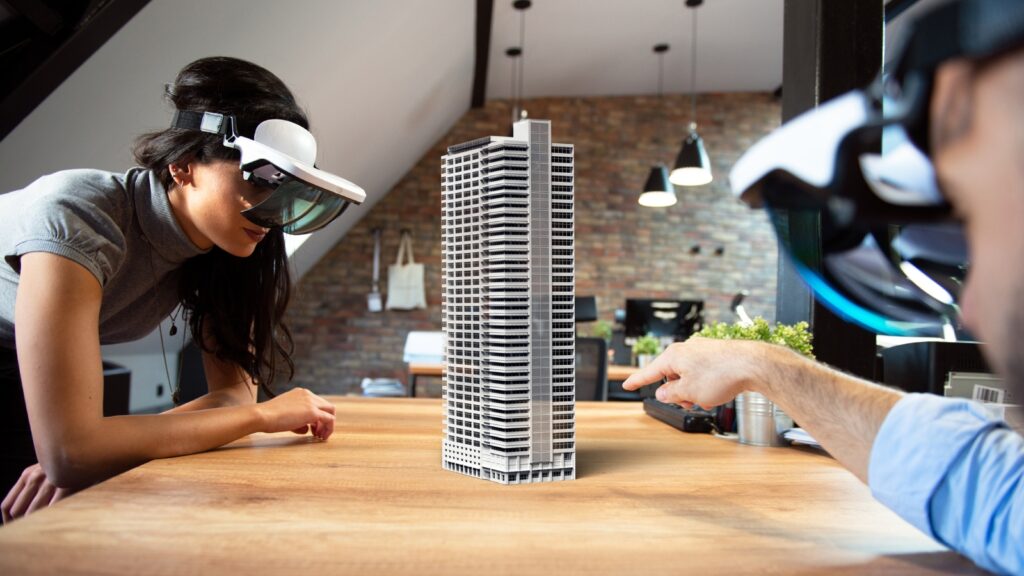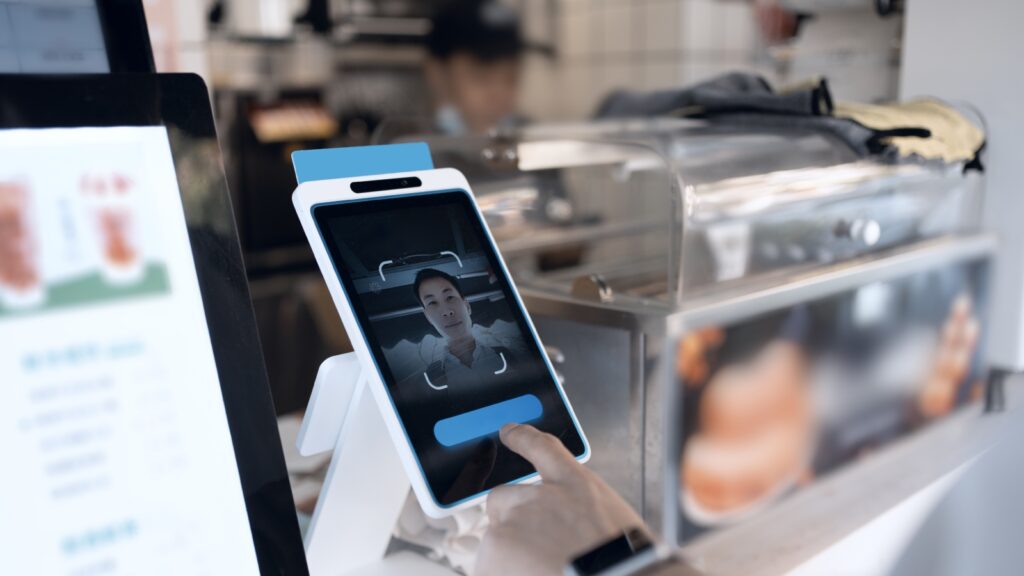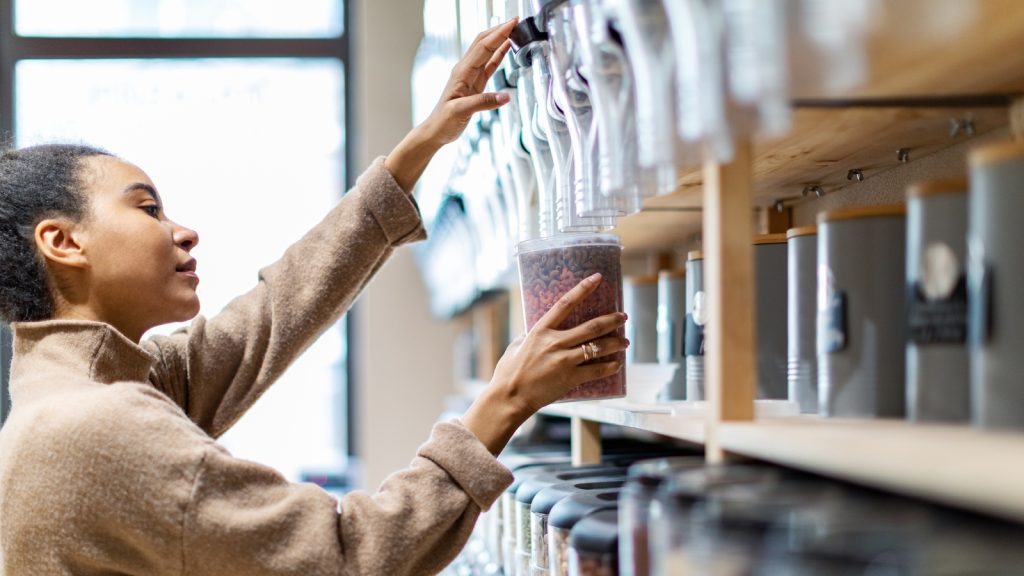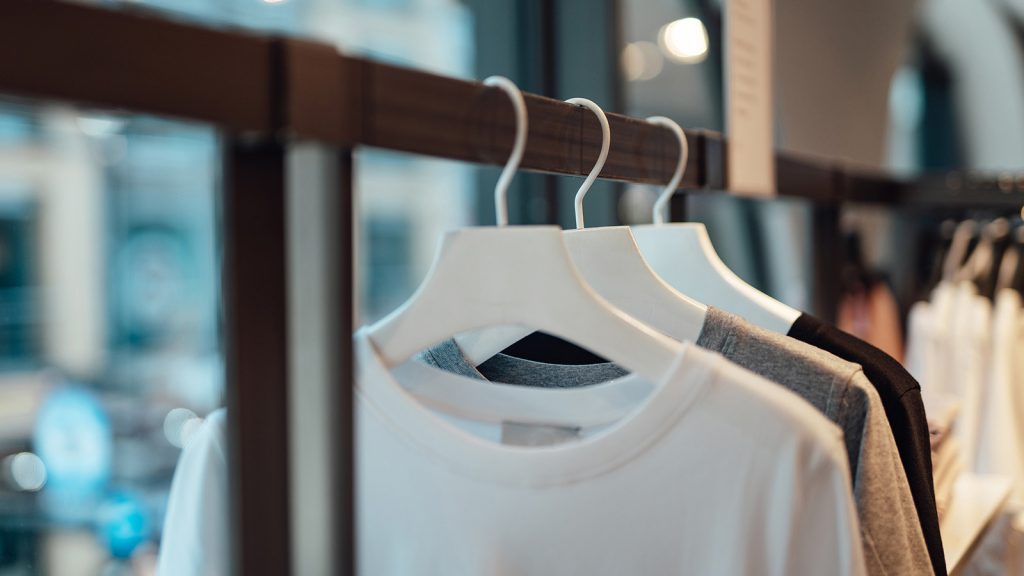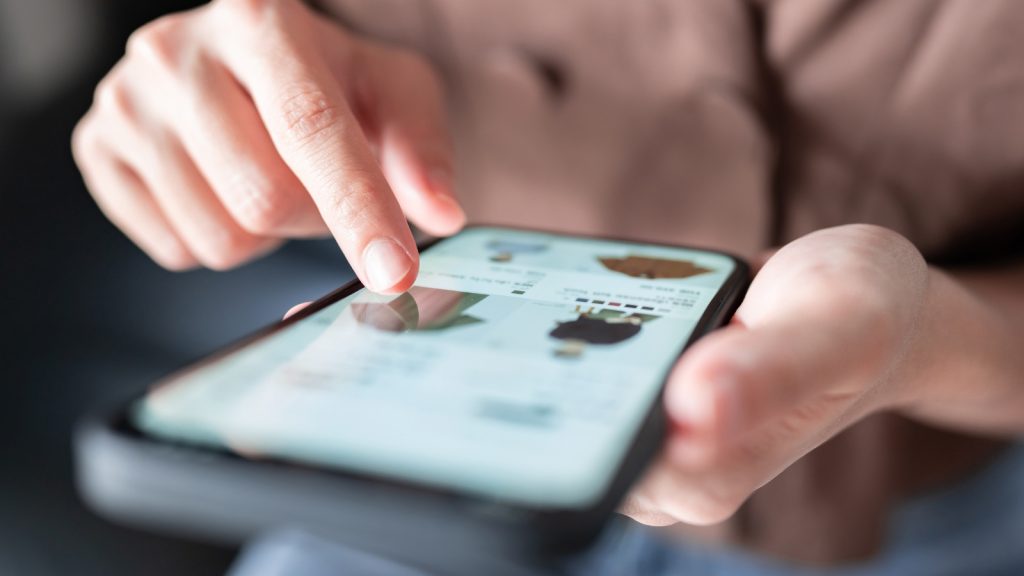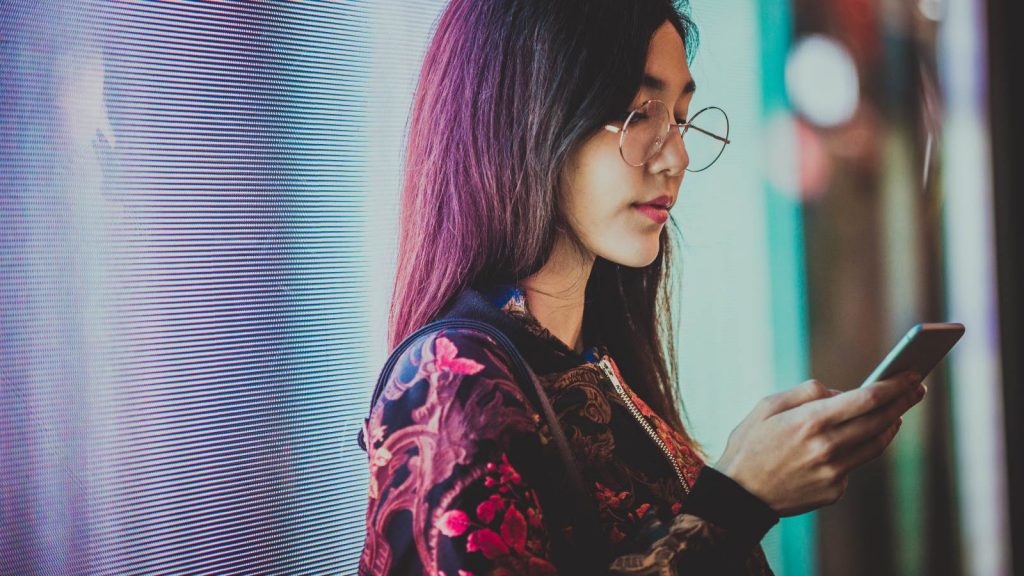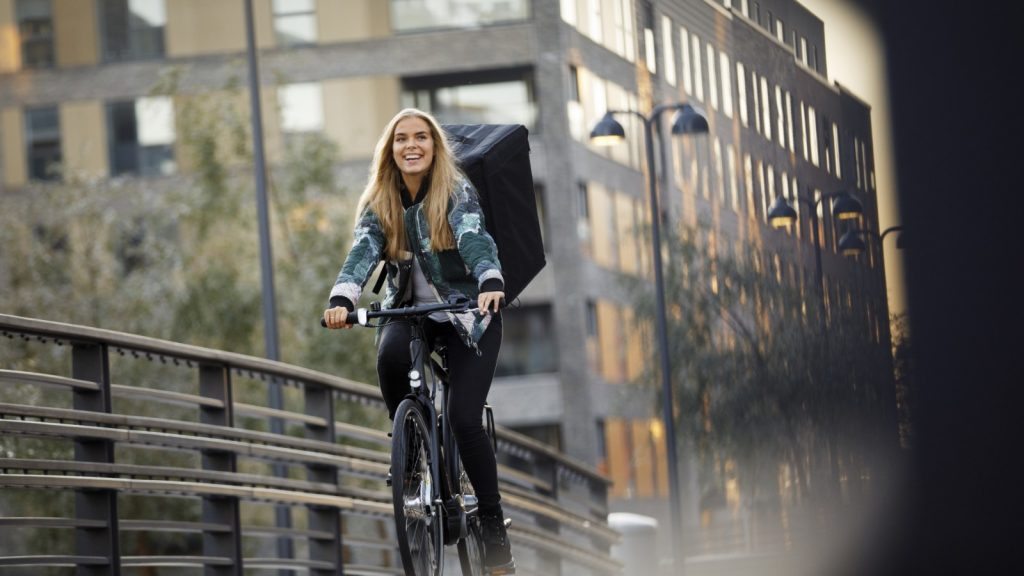
A digital fashion survival kit
While boomers and millennials are scratching their heads trying to understand the concept and value of digital fashion, Gen Z and Alpha consumers not only understand but are happy to allocate a growing share of their wallets to digital fashion items. Partly to personalise their social media and gaming habits and partially to satisfy what fashion means to them, an increasing number of consumers align with digital fashion trends. This change in the customer base and new technological capabilities are attracting major fashion brands to go down the digital fashion road. But where does the path lead and what should fashion take into account to survive this disruptive trend?
To help, we have highlighted several key questions to consider as part of your digital fashion survival kit.
Are digital fashion and fashion NFTs the same thing?
No. They are linked but different. Digital fashion refers to clothing that is designed and worn virtually but has intersections into the physical world. Think virtual try-ons where consumers can go on to a fashion website and try on items of clothing that use augmented virtual reality technology to personalise clothing to the individual customer’s size and taste.1 There are also intelligent in-store mirrors. These magic mirrors let you visualise different outfits without trying them on. Take a step further into a virtual world called the metaverse and digital fashion offers the ability to personalise online gaming avatars or create virtual clothes for photos on social media platforms.2 In this instance, creators are not restricted by the materials, shapes, or styles, so they can create fashion items that would never be possible in the physical world. Allied to this concept are fashion non-fungible tokens (NFT). Fashion NFTs are unique digital tokens that provide authenticity and ownership of a digital fashion item using Blockchain technology.
To learn more about NFTs, listen to our Let’s talk luxury podcast episode featuring Pierre-Nicolas Hurstel, CEO of Arianee, the leading NFT platform for the luxury and fashion industries.
Apart from more creativity, what are the further benefits of digital fashion?
Sustainability and cost savings are big added attractions. For example, using artificial intelligence (AI) to automatically recommend the best size for a person’s specific body attributes and traits reduces the cost of returns and wasted materials. At the same time, this helps to increase the customer’s satisfaction levels and reduces churn propensity. A McKinsey study found a 25% return rate for apparel on e-commerce channels and that 70% of returns were due to a poor fit or style.3 Also, digital fashion shows and auctions held on virtual platforms rather than in physical stores reduce carbon footprints through less travel and are less costly for creators and consumers. Digital fashion is also all-inclusive as it can be highly customised to any body shape or size, which helps to attract new consumer segments who are spending more time online.4 Launching a fashion NFT collection or even a virtual store or experience platform gives brands a more agile way to create product awareness and boost global visibility.5 By engaging with customers virtually, brands gain another tool to enhance their reputation, promote consumer loyalty and gain an additional revenue stream.
Can digital fashion impact sales?
In short, yes. Some examples were In May of 2019 when a fashion NFT one-of-kind statement piece couture dress was auctioned for $9,500 at the Ethereal Summit in New York.6 At the same time, a UK-based major luxury brand collection created ten limited edition NFT pieces, each featuring a unique piece of digital artwork and a corresponding virtual hoodie designed to be worn while gaming. The most expensive piece was auctioned for around $133K.7 Also, a leading digital fashion brand launched limited edition of 600 virtual sneakers/NFTs generating around $3.1m in sales in just six minutes.8
Is it too late to join fashion’s virtual party?
It is never too late. Investment bank Morgan Stanley has predicted that digital fashion could increase the industry’s sales by $50bn by 2030.9 While big luxury brands such as Gucci, Louis Vuitton and Burberry are already making substantial digital fashion waves, millions of people worldwide are joining the metaverse. Drawing inspiration from these first movers, together with the increase in people entering the metaverse, means there is plenty of room for brands to capitalise on the opportunity to attract new audiences and boost sales of both physical and virtual fashion goods.
So, while there is little doubt that virtual fashion is here to stay, it is perhaps harder to gauge which concepts will end up on the dressing room floor and which will evolve to transform our future view on fashion. For brands looking to begin or progress their digital fashion journey, understanding what it means to your organisation and your customers is essential, whether to become more sustainable, cut costs, impact sales, or attract new consumers.
Whatever your approach, having a clear idea of how digital fashion can enhance your brand in one or more of these areas can help formalise a pragmatic and more resilient digital fashion strategy.
1 Augmented Reality Virtual Try-On – Mazars US Innovation Center
2 Balenciaga made a video game to debut its next clothing collection – The Verge
Digital Fashion by Printemps – Groupe Printemps
3 Improving returns management for apparel companies – McKinsey
4 The Metaverse, Digital Dressing Rooms And The Future Of Fashion Retail – Forbes
5 Podcast | Brave new worlds for luxury – with Irene-Marie Seelig – Mazars
6 World’s First Digital Haute-Couture Auctioned And Sold On Blockchain For $9,500 – Camp Ethereal
7 Virtual hoodie sells for £19,000 as a non-fungible token – The Guardian
8 Nike just bought a virtual shoe company that makes NFTs and sneakers ‘for the metaverse’ – The Verge
9 Metaverse: a $50 bln revenue opportunity for luxury – Reuters


